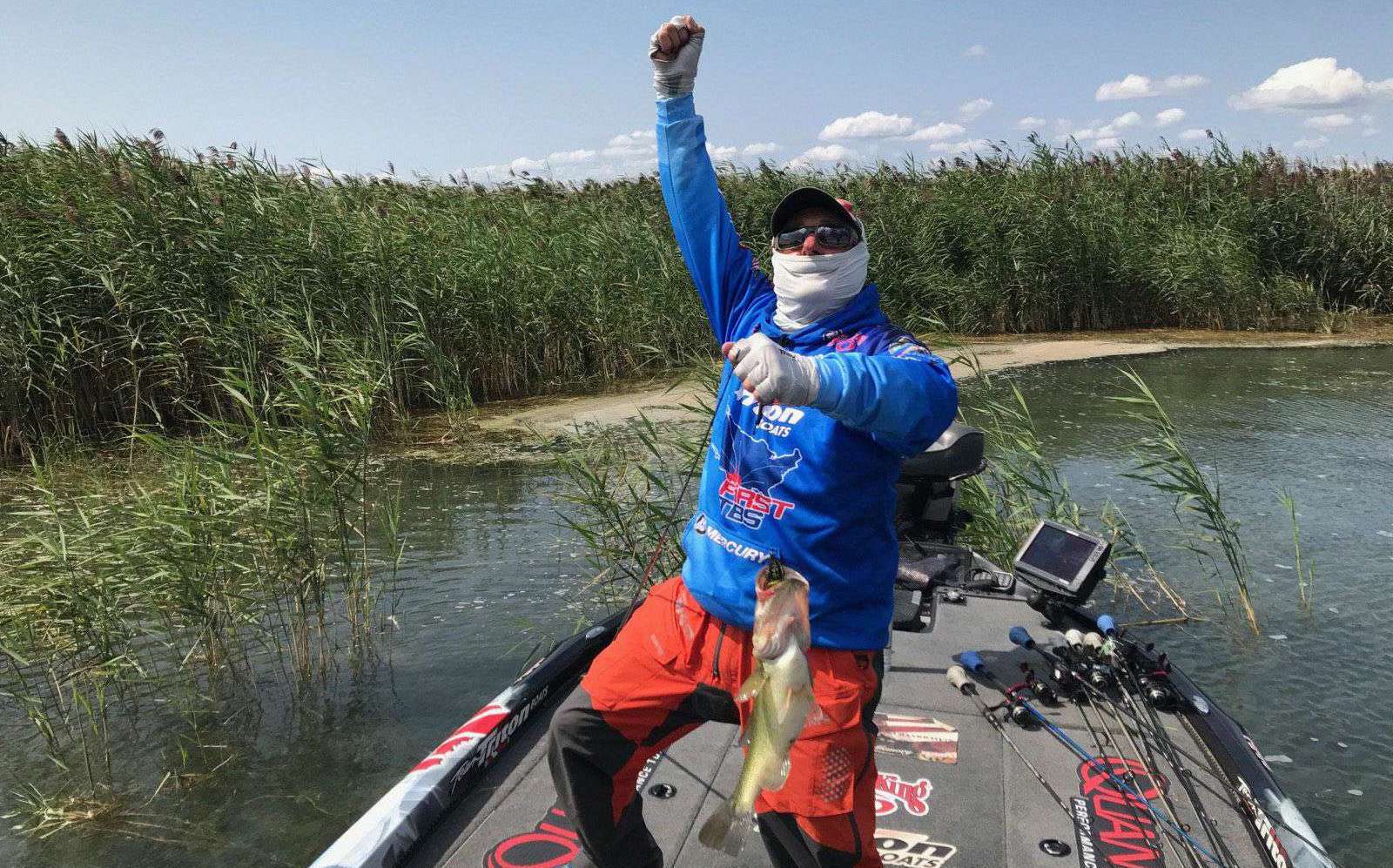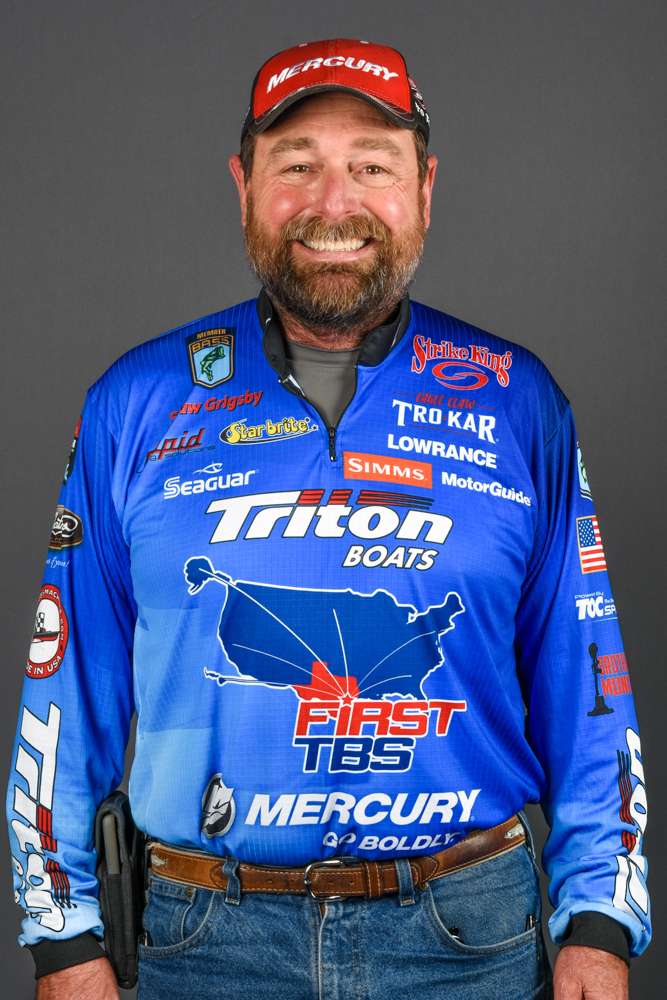
There’s no better time to catch bass on top than during the spawn or the postspawn.
Here in the South most of the bass are postspawn. Throughout the Midwest they’re either on the beds or getting ready to go on them, and that’s true for most of the rest of the country, as well. The only exception is in the northern parts of our country. If you live up there, you’ll have to wait a little while, but your day will come.
We’ll start with the spawn. When the females are actually on their beds, or the males are still guarding fry, a topwater plug is probably the best way to catch them. Cast your lure out, past the bed and then bring it back until it’s right over the top of it.
Stop your lure and let it sit dead still until you can’t stand it any longer. If a bass doesn’t crush it, move it just a little bit, but not much. Then let it sit some more and wait for the explosion.
Bass can’t handle something sitting right over the top of their bed, their eggs or their fry. I’m guessing they think it’s something that’s sizing up the situation and getting ready to attack. Bass are predators. They probably think that the best defense is a good offense, and they act accordingly.
As the bass progress towards their postspawn phase you need to move your lure out further and work it a little faster. They’re feeding after a tough ordeal. They’re aggressive. They’ll crush anything that looks like an easy meal.
As effective as topwater baits are at this time of the year, however, you have to have the proper lures and tackle to catch them.
If I’m fishing a walking stick, I go with a Strike King KVD Sexy Dog. It’s easy to walk and you can make it splash around a lot with just a little practice. When I want a popper, or something a little smaller, I grab a KVD Popping Perch or a KVD Sexy Frog. They’re both hollow body plastic baits that’ll go through the toughest, nastiest slop you’ve ever seen.
Here in Florida prop baits are popular, and for good reason. There’s something about that swoosh sound when the prop churns through the water that drives Florida strain largemouth crazy. I haven’t tried them in other places enough to say for sure but I’m guessing they’ll work almost everywhere when conditions are right.
One problem with prop baits, however, is that the line has a tendency to foul around the props. I’ve solved that by fishing them with a somewhat different combination of lines than what you usually see. Here’s how I do that:
I use 40-pound-test Seaguar Smackdownbraid for my main line. I attach a 12-inch, heavy — usually 20-pound-test — fluorocarbon (Seaguar Tatsu) leader to it with a knot that’ll never fail. I start with a four-turn Uni, fluorocarbon around braid, and then finish off with a 12-turn Improved Clinch Knot, braid around fluorocarbon.
This gives me a 8-10 inch clear leader in front of my bait that’s stiff enough to stay away from my bait’s prop. I’ve used this setup for years. It’s quick and easy to tie, strong and efficient. You can catch fish, after fish, after fish with it without retying.
My rod and reel choices are straightforward. I fish with a 6-foot, 8-inch Wright & McGill Skeet Reese Topwater/Jerkbait Rod. The shorter length lets me get more action out of my lure. My reel is a 6.3:1 Wright & McGill Skeet Reese Victory II.
Think topwater this spring. It’ll get you the bites you want and, if there’s a more fun way to catch a bass than on top, I haven’t found it.

